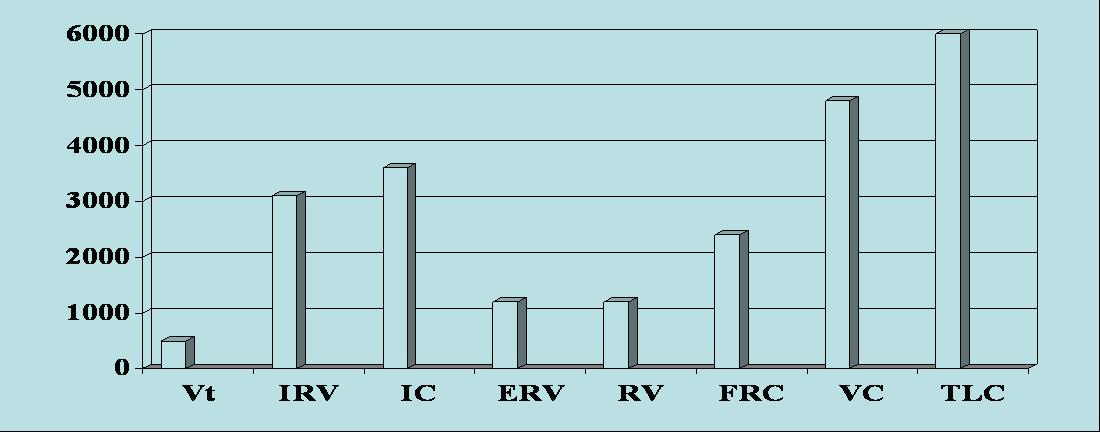
In healthy subjects at rest, PETCO 2 almost equals PaCO 2 (and PACO 2), but during heavy exercise PETCO 2 overestimates PaCO 2 and in lung disease PETCO 2 underestimates PaCO 2. Another modification of the traditional Bohr formula uses the end-tidal partial pressure of carbon dioxide (PETCO 2) instead of PACO 2. Nevertheless, in clinical practice, the Enghoff modification is often falsely referred to as V D,phys. Therefore, the Enghoff modification of Bohr’s equation is not a measure of dead space as such but a global index of gas exchange impairment. By substituting PaCO 2 for PACO 2, intrapulmonary shunt and diffusion limitations are taken into the equation, resulting in a falsely elevated dead-space fraction. This modification is in general use today, but it comes with limitations.

In 1938, Enghoff proposed replacement of PACO 2 by partial pressure of carbon dioxide in arterial blood (PaCO 2), also known as the Enghoff modification. However, difficulties with measurement of PACO 2 led to rejection of this method. V D calculated using Bohr’s equation accurately measures V D,phys.

Where V D is dead-space volume (i.e., volume not participating in gas exchange), V T is total exhaled volume, PACO 2 is the partial pressure of carbon dioxide in alveolar air, and PeCO 2 is the partial pressure of carbon dioxide in mixed expired air.


 0 kommentar(er)
0 kommentar(er)
